Small Animal Clinical Nutrition, 5th Edition
Clinical Nutrition Solutions for Companion Animal Practitioners
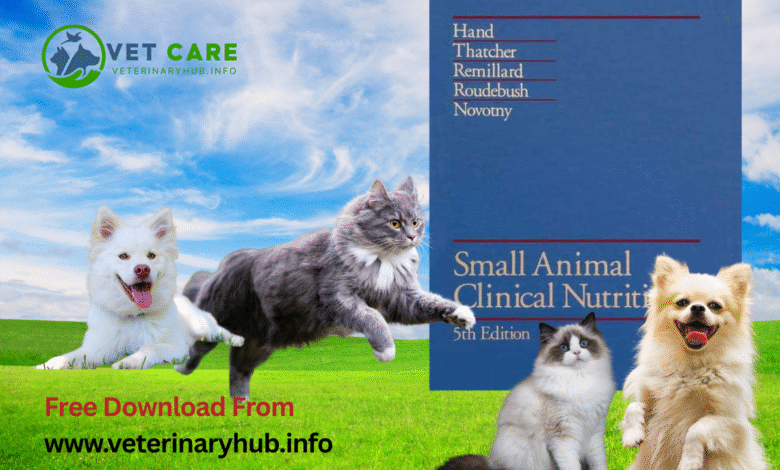
Most comprehensive, practical small animal nutrition resource available. Coverage of dogs, cats, birds, reptiles and small mammals. Free Download here 👇
by Michael S. Hand, Craig D. Thatcher, Rebecca L. Remillard, Phillip Roudebush, Bruce J. Novotny
Small Animal Clinical Nutrition (SACN), 5th Edition is the most comprehensive, practical, and evidence-based reference on nutrition for small animals. It serves as a key resource for veterinarians, veterinary students, nutritionists, and researchers interested in clinical nutrition of companion animals.
This edition expands coverage beyond just dogs and cats, including birds, reptiles, and small mammals, which makes it unique among veterinary nutrition texts.
Key Features
- ✅ 23 well-organized sections for easy access and topic navigation
- ✅ Evidence-based guidelines on dietary management of diseases (e.g., renal failure, diabetes, obesity, heart disease, etc.)
- ✅ Nutritional support for life stages – growth, pregnancy, lactation, senior care
- ✅ Practical feeding recommendations, diet formulations, and case examples
- ✅ Special sections on nutraceuticals, obesity prevention, and critical care
- ✅ Covers homemade, therapeutic, and commercial diets
- ✅ Extensive bibliographies and research references in each chapter
- ✅ Real-world clinical case studies for practical application
- ✅ Nutritional guidelines for avian, exotic, and zoological companion animals
Section Breakdown (Selected Highlights)
Here’s a glimpse into some of the 23 sections:
| Section | Topics Covered |
|---|---|
| 1. Introduction | History of pet nutrition, role in veterinary medicine |
| 2. Canine & Feline Nutrition | Nutrient requirements, food types, feeding behavior |
| 3. Clinical Disorders | Nutrition in disease conditions like kidney, liver, heart, diabetes |
| 4. Critical Care | Feeding hospitalized, anorexic, or severely ill pets |
| 5. Obesity Management | Weight loss programs, energy balance, counseling owners |
| 6. Exotic Pets | Nutrition of birds, reptiles, rabbits, rodents, ferrets |
| 7. Geriatrics | Feeding aging pets and managing age-related health issues |
| 8. Nutraceuticals & Supplements | Use of omega-3s, probiotics, joint supplements, etc. |
Species Coverage
- Dogs
- Cats
- Birds
- Reptiles (e.g., turtles, lizards)
- Small mammals (e.g., rabbits, guinea pigs, hamsters, ferrets)
Who Should Use This Book?
- Veterinary students (academic & clinical years)
- Practicing small animal veterinarians
- Nutrition consultants and specialists
- Veterinary nurses/technicians
- Exotic pet vets
- Pet food industry professionals
- Animal shelters and rescue professionals
Why It Stands Out
- Written by experts with decades of experience in animal nutrition
- Based on thousands of peer-reviewed studies and clinical data
- Combines academic rigor with practical application
- Continues to be widely recommended in veterinary curricula worldwide
Need Veterinary Help?
Have questions about animal health, management, diseases, or treatment?
Our professional veterinary team is here to support you.
Consult Online: Contact Us
Email: professionaldvm129@gmail.com
Website: www.veterinaryhub.info

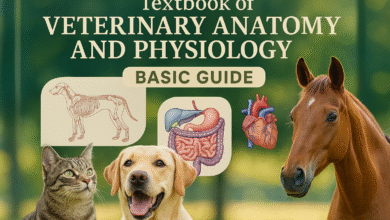
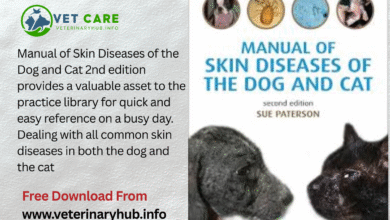
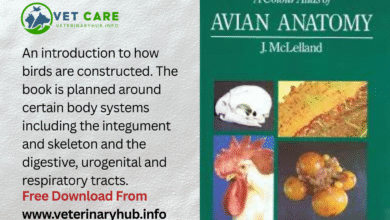
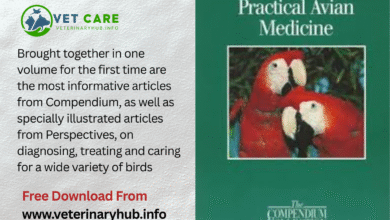
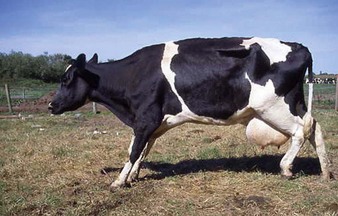


bwifo9
iepyxs